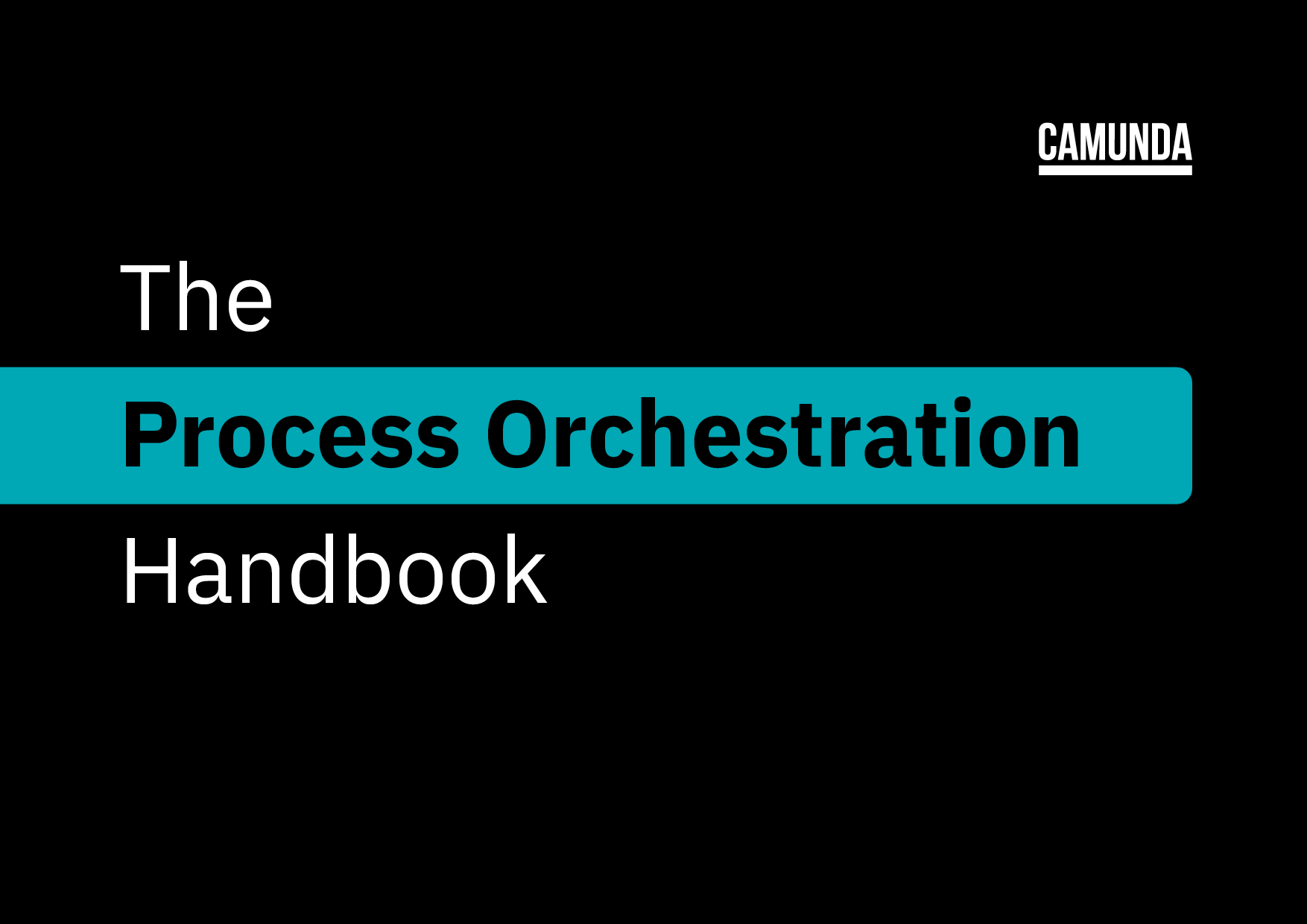Guide
The Process Orchestration Handbook
If you have business processes that span across people, systems, and devices, it's time to consider process orchestration.
Get the Guide
Complex processes and diverse endpoints need process orchestration for true end-to-end automation

Many organizations strive to automate their processes as much as possible. While this goal is ambitious, it’s far from reality.
That’s because processes are often automated locally, or within a single software system, team, or device. However, most processes – even if they sound simple – follow a more complex logic.
That’s where process orchestration comes into play. Process orchestration coordinates the various endpoints of a business process, and sometimes even ties multiple processes together. Process orchestration helps you work with the people, systems, and devices you already have.
In this guide, we will:
- Define process orchestration and why it’s important
- Help you understand what you need for successful process orchestration
- Walk through some real-world examples
- Discuss how a universal process orchestrator works